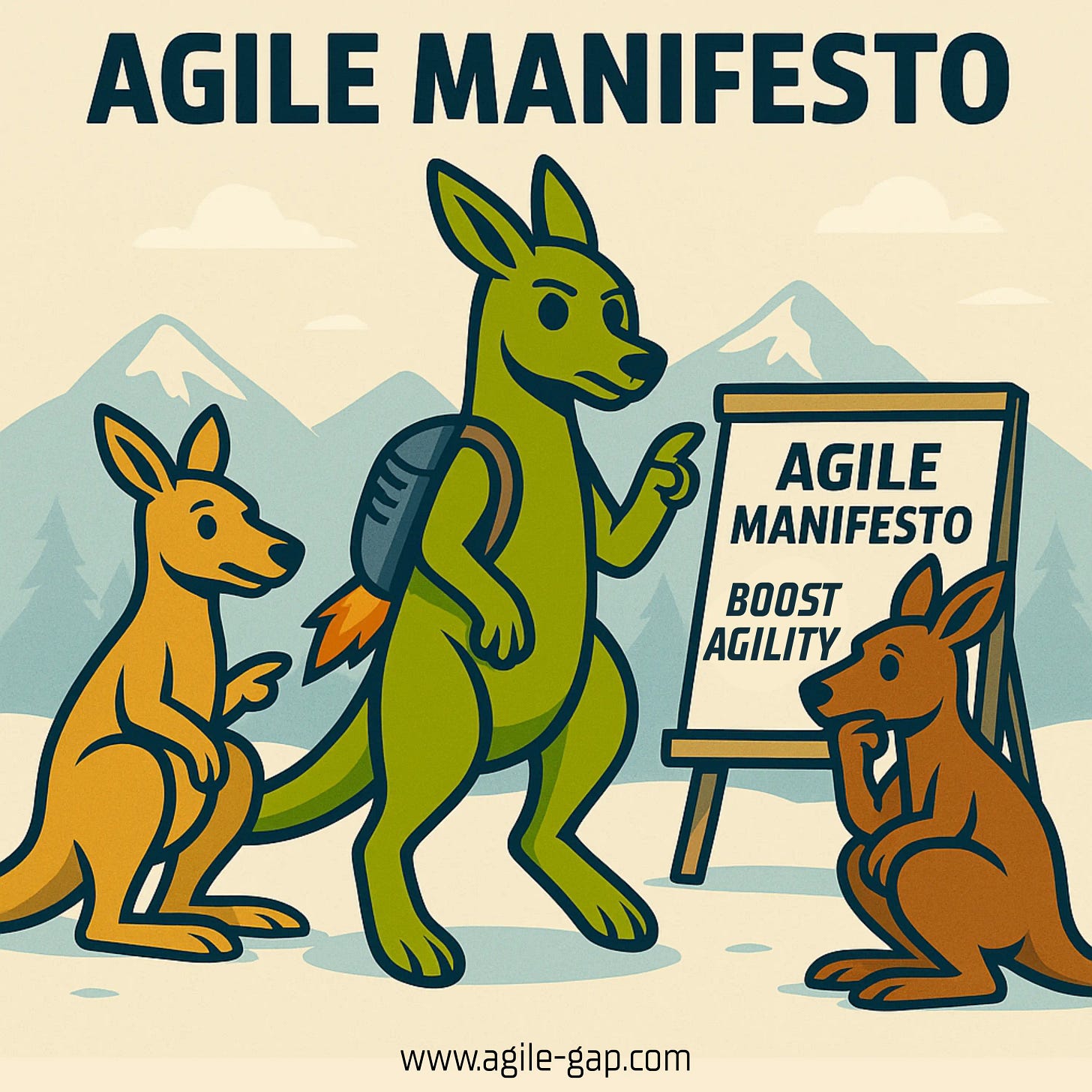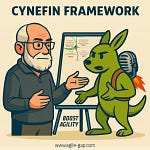The Birth of a Movement to Boost Agility
In February 2001, seventeen software pioneers gathered in a ski lodge in Snowbird, Utah. They weren’t frustrated with coding itself but with the heavyweight processes surrounding it—endless documentation, rigid contracts, delayed feedback loops, and failed projects. Out of that frustration came a short but powerful statement: the Agile Manifesto.
This declaration transformed the way we think about work, teams, and value delivery. More importantly, it continues to help organizations boost agility in a world where change is constant and uncertainty is the norm.
Why the Agile Manifesto Was Created
By the late 1990s, traditional software development—most often the Waterfall model—had become painfully slow and unresponsive. Teams faced:
Massive up-front planning that took months or even years
Rigid phases of requirements, design, coding, and testing
Customers only seeing the product at the very end—too late to adjust
Projects running over budget, missing deadlines, or being abandoned entirely
The 17 signatories had already been experimenting with alternatives such as Scrum, XP (Extreme Programming), Crystal, and DSDM. They realized their shared insights could help others boost agility beyond specific methods. The result was a manifesto of values and principles—a mindset rather than a prescriptive framework.
The 4 Agile Values and How They Boost Agility
1. Individuals and Interactions Over Processes and Tools
The pain: Rigid processes delayed progress. Teams couldn’t adapt quickly.
Agile fix: Empower people. Foster collaboration through conversation, not bureaucracy. This shift helps teams boost agility by staying adaptive.
2. Working Software Over Comprehensive Documentation
The pain: Teams wasted months producing documentation that delivered no usable value.
Agile fix: Deliver working software early and often. Real outcomes—not paperwork—are what boost agility.
3. Customer Collaboration Over Contract Negotiation
The pain: Locked-down contracts left no space for evolving needs.
Agile fix: Involve customers continuously. Regular collaboration ensures relevance and prevents costly rework, helping organizations boost agility in dynamic markets.
4. Responding to Change Over Following a Plan
The pain: Rigid plans quickly became outdated.
Agile fix: Treat change as a feature, not a failure. Embracing learning and adaptation is how teams truly boost agility in uncertain environments.
Timeline: How the Agile Movement Unfolded
Here’s a quick journey through the milestones that shaped the Agile landscape:
The 12 Agile Principles: What Pain Does Each Solve?
Each principle is a direct antidote to a problem with old-school delivery. Here’s what they solve:
For Agile Coaches: Using the Manifesto to Boost Agility
For Agile coaches, the Agile Manifesto is more than history—it is a practical compass:
Reconnect teams to purpose: Put values and principles above rigid checklists.
Explain the “why” of Agile: Ground coaching in historical clarity.
Coach beyond frameworks: Scrum, SAFe, LeSS are tools. The Manifesto is the mindset that helps coaches boost agility across all contexts.
Defend agility against bureaucracy: Use history to guard against regression into heavyweight processes.
Diagnose dysfunctions: Each value responds to a historical pain. Identify where teams are stuck and apply the right principle to boost agility.
Final Thoughts: The Manifesto as a North Star
Agile was never meant to be about rituals or tools. At its heart, it has always been about finding better ways of working in a complex and fast-changing world.
Though it was written in 2001, the Agile Manifesto continues to guide Agile coaches and teams. Its wisdom remains timeless, serving as a North Star to help organizations and individuals boost agility every day.
Coach beyond the framework: Scrum, —tools. Agile Manifesto—mindset.
Defend agility against bureaucracy: Use history to prevent regression
Diagnose dysfunctions: Each value and principle reflects a pain point. Where's your team stuck?








